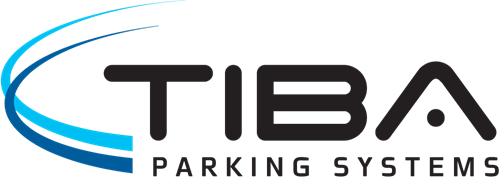
The Internet of Things (IoT) has quickly become the next big step in technology. By 2020, over fifty billion “things” – cars, appliances, houses, etc – will be connected to the Internet and to each other, leading to a huge increase in profits, productivity, quality of services, and overall convenience.
But with innovation comes a higher demand for simplicity and variety, and one-sized connectivity doesn’t fit all.
Up until now, LTE connectivity has been deemed too complex and expensive for many IoT applications. Most machine-to-machine use cases don’t need the same amount of LTE as, say, your cellphone since they aren’t streaming videos or transferring files. Consumers want to be able to have the convenience of the connected lifestyle but cost, performance and power are all considerations as the industry builds. Mass adoption will be consumer driven based on the benefits they receive from the gadget, solution or service, making a strong business case for the advancement of IoT.
Not to mention the impending sunset on 2G and 3G networks and the inevitable move to LTE.
So what exactly does all this mean for the rapidly evolving Internet of Things?
Let’s say you own and operate several different parking lots around a big event center. On the night of a concert or sporting event, you need to be able to communicate with attendees which lots still have spaces available and which are full. Instead of hiring an attendant to continually pace the lot, you buy modules to monitor the situation. This can get expensive, especially since these modules don’t need to do much but report a small amount of data back to you.
Gemalto’s recently introduced – and the industry’s first – LTE Category (Cat 1) wireless module is the key to solving the issues that have so far accompanied LTE-enabled devices. Based on the latest award-winning Sequans Cat 1 baseband chip set, this rugged Cinterion® ELS31 module is specifically designed for machine-to-machine and industrial applications, such as metering, tracking and tracing, fleet management and mHealth.
Enabled to only transmit 10 Mbps of data compared to Cat 4’s 150 Mbps, Cat 1 has devised a lower bandwidth version more suitable to M2M while maintaining the perks of LTE and meeting a market need for power, nine lives worth of longevity, and optimized performance.
This is where the Cat 1 proves its worth: a smart, efficient and cost-effective solution to keep up with evolving networks and make sure you always land on your feet.
This blog was written by Gemalto's Tauri Cox, please click here for the original blog.



